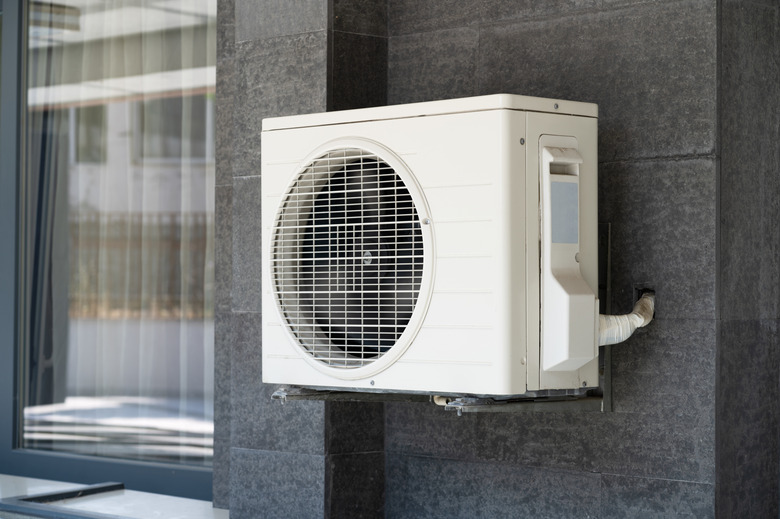How To Unclog An AC Drain Line
We may receive a commission on purchases made from links.
You probably don't spend much time thinking about your air conditioning until it stops working. If your AC is still running but doesn't seem quite right, you might need to unclog your AC drain line. It's part of regular air conditioner maintenance that you can handle yourself, but it's also important to keep up with professional HVAC inspections to make sure everything's working correctly.
AC Drain Line Basics
AC Drain Line Basics
Your AC drain line goes from your inside unit to outside your home. It's often made of PVC, but it can be made of copper. As your AC runs, the system pulls moisture out of the air, which turns to condensation inside the unit. Your condensate drain line moves that condensation away from the AC and outside the home. If it gets clogged, the water can't escape, so it can build up in the unit and cause damage or leak into your home.
Causes of Clogs
Causes of Clogs
Your AC condensate drain line is a very wet environment, which makes it ideal for mold and mildew growth. Any airborne particles, like dust and dirt, that get inside the unit can become trapped by the moisture. When this sludge makes it into the drain line, it can build up on the sides of the line until it partially or completely blocks it.
HVAC technicians usually clean out the line when they do annual maintenance. If you skip the maintenance for a few years or the technician doesn't clean the drain line, it can increase the buildup and form a clog.
Signs of a Clog
Signs of a Clog
A clogged AC drain line doesn't necessarily make the unit stop working, although some units will shut off when the AC drain line becomes clogged. You might notice a loss of cooling with the AC not keeping up with demands. Water might drip from your AC or pool on the floor near the unit. A clogged condensate drain line can also increase your energy bills and cause musty, moldy smells near the unit or from your registers.
Unclogging an AC Drain Line
Unclogging an AC Drain Line
Unclogging an AC drain line is a relatively easy task that you can do yourself. Before you do any work on your HVAC system, shut off the power to the unit. Then, follow these steps:
- Find the end of the drain pipe for the unit, which is a PVC pipe. This is where the water drains outside the home. It's often outside near the condenser if you live in a single-family home.
- Inspect the pipe to look for visible blockages near the end of the pipe, using a flashlight to get a good view if the pipe is dark. Pull out any debris you see.
- Place the hose of a wet/dry vacuum over the open drain line. Use aluminum foil tape to seal around the hose since it won't fit snugly around the pipe.
- Run the vacuum for a minute or two to suck the gunk out of the pipe.
- Find the access point for the drain line inside your home near the air handler. You'll often see a T-shaped portion with a cover. Pull off the cover to access the drain line.
- Position a garden hose into the access point. Some HVAC professionals use a hose with the metal end cut off so the hose fits into the pipe better. Holding a towel firmly around the hose can also help keep water from pouring into your house.
- Turn the water on for the hose to push water through the drain pipe. The water pressure should force the clog out of the pipe to the exterior drain. You should see sludge coming out of the drain pipe that runs outside.
- Pour a cup of distilled vinegar through the access point to help clean out the pipe more.
Preventing Future Clogs
Preventing Future Clogs
Have a professional inspect and clean your HVAC system yearly to keep the drains clear. You can also pour a cup of vinegar through the access point at least once per year to clear out sludge. If you suspect a clog, take care of it early before it grows larger.
